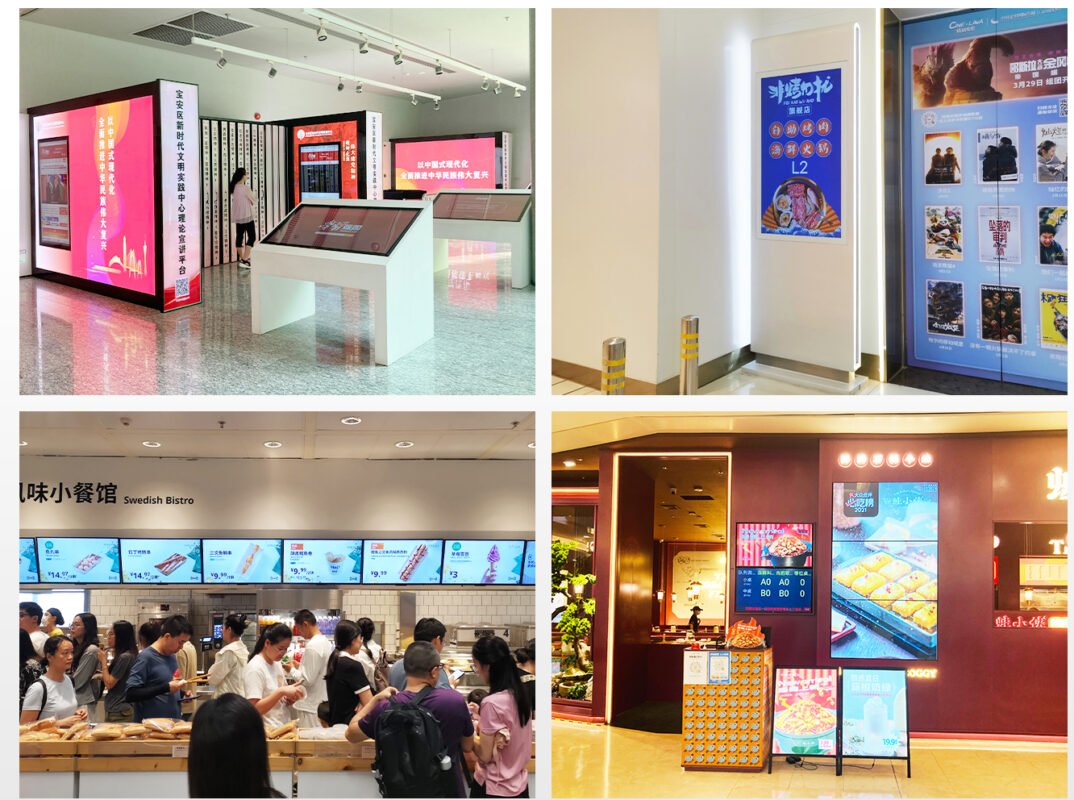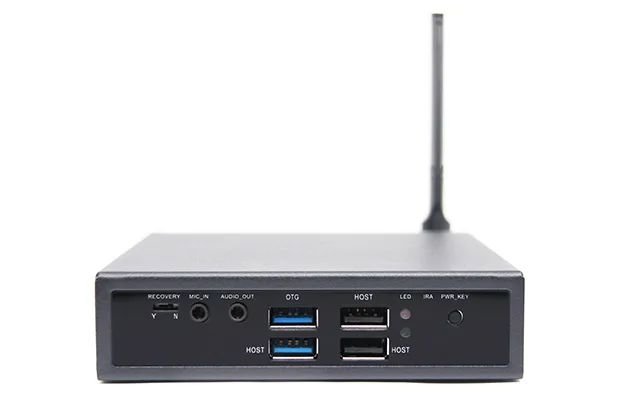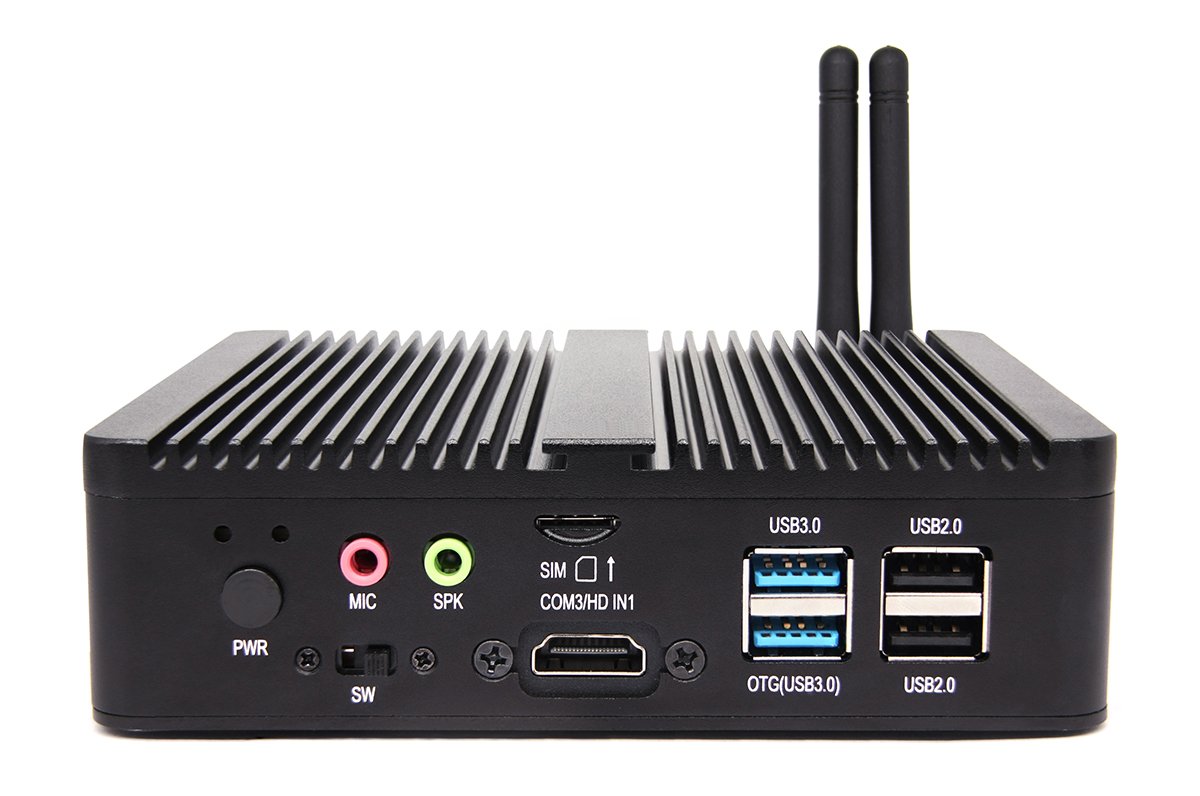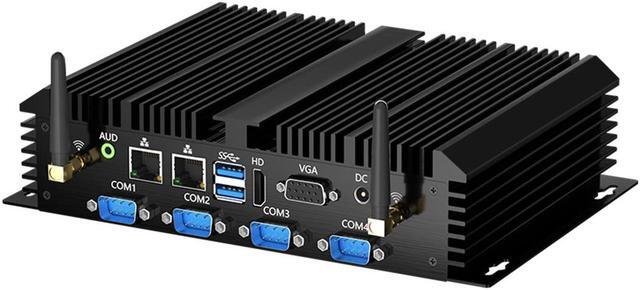
Digital Signage Player Solutions for Government and Smart Cities
As cities throughout the world become smarter and more connected, the need for quick, effective public communication is greater than ever. Digital signage players are the most important part of this digital change. These small, powerful machines send dynamic visual content to displays in municipal halls, transit hubs, public squares, and administrative buildings.
More and more, governments, cities, and smart city planners are using digital signage systems driven by smart media players to improve public services, get more people involved, and make operations run more smoothly.
This complete guide looks at how digital signage player solutions are helping the public sector, some of the most common uses, the benefits, the technical requirements, and the best signs hardware for government and smart city deployments.
What Does a Digital Signage Player Do?
A digital signage player is a piece of hardware that connects to a digital display (such an LED, LCD, or ePaper) that controls the playback of content. It gets, saves, schedules, and displays multimedia content like videos, data feeds, announcements, or interactive information. It can do this on its own or through cloud CMS platforms.
These players are important for governance and smart cities because they let people talk to each other in real time.
- Informing citizens
- Sending out emergency warnings
- Taking care of digital kiosks
- Telling people about local events or health messages
They can be put up indoors or outside, and they usually need tough, fanless gear that can work under tough conditions.
Why Governments and Smart Cities Are Using Digital Signs
Digital transformation in the public sector isn’t simply a slogan; it’s something that needs to happen. People want information that is current, clear, and easy to get. As IoT and urban automation grow, signs companies help local governments provide smart services that are:
- Dynamic: Update material on hundreds of displays in real time with ease
- Multilingual: Provide translated content to people from different backgrounds
- Good for the environment: Use less paper and energy
- Engaging: Use motion graphics and visual marketing to get more people to know about your cause.
- Dependable: Work nonstop in hospitals, government facilities, and transit hubs
A MarketsandMarkets analysis says that the digital signage market will be worth more than $26 billion by 2026. Public infrastructure and smart cities are two of the fastest-growing areas.
Benefits of Digital Signage Players in Government Uses
1. Getting information in real time
Signage players make sure that reliable information gets to the public swiftly and reliably, from weather alerts to civic statements.
- Changes to transit timetables and services
- Updates on election results or public hearings
- Alerts for parking or traffic in real time
2. Finding your way and navigating
Signage players enable interactive wayfinding systems in big government buildings, public universities, or metro stations. These systems:
- Give directions to departments or buildings
- Show QR codes to help people find their way on their phones
- Help persons with disabilities with voice or touch features
3. Getting citizens involved and aware
Digital screens can be used by cities to:
- Support campaigns for public safety
- Tell people about events or projects in your area
- Encourage people to take part in surveys or projects
- Compared to regular bulletin boards, visual storytelling makes people more interested.
4. Saving money and making things go more smoothly
Digital displays cut down on:
- Costs of printing and sending
- Time needed by staff to make manual updates
- Time to respond during emergencies
5. Emergency Messaging and Managing Crises
Signage players can immediately change material to broadcast with public alert systems.
- Drills for fires
- Warnings about earthquakes
- Information on evacuation routes or places to stay
Many systems offer automatic messaging using AI sensors or connections to civil emergency services.
Common Government and Smart City Use Cases

Let’s explore how municipalities and public institutions are deploying signage players in the field:
1. City Halls and Municipal Buildings
- Welcome messages for visitors and constituents
- Digital directories to navigate departments or service counters
- Queue management and ticketing system displays
Smart signage enhances transparency and improves service flow within administrative centers.
2. Public Transit and Transportation Hubs
- Bus and train arrival/departure boards
- Route maps and delays in real time
- Safety reminders and service changes
ShiMeta ARM-based media players are ideal here due to:
- Fanless design for dusty or crowded environments
- Wide-temperature tolerance for outdoor terminals
- PoE support to minimize wiring
3. Smart City Digital Infrastructure
Digital signage media players power:
- Urban kiosks with real-time air quality, traffic, and event listings
- Outdoor screens with localized messages per neighborhood
- Smart street furniture (e.g., digital benches with signage)
When paired with AI sensors, signage can be adaptive—for example, displaying parking availability or public transit options based on foot traffic.
4. Public Health Facilities and Clinics
- Appointment and queue screens
- Health awareness content (vaccination reminders, hygiene tips)
- Integration with check-in kiosks and touchscreen interfaces
ShiMeta offers Android and Linux-based players compatible with touch displays and custom health CMS platforms.
5. Emergency Services and Response Centers
- Real-time command center dashboards
- Display control across police, fire, and emergency facilities
- Redundant local playback in case of network failure
With remote management tools, signage players can be rebooted or updated without manual access, ensuring uptime even during crisis scenarios.
How to Pick the Best Digital Signage Player for Government Use
The public sector has its own needs. Here are the most important specs to think about:
1. Safety and Compliance
- AES encryption for content
- Support for HTTPS connections and firewalls
- Secure boot and checking the device’s identity
- Playing back locally for offline settings
If you’re working for the government, you might also need data sovereignty. In that case, choose Linux-based players that work with on-premise CMS.
2. Design for Industrial Use
Outdoor areas and places with a lot of foot traffic need strong hardware:
- Works in a wide variety of temperatures, from –20°C to +70°C
- Enclosures that don’t need fans and can withstand shocks
- Cases that are dustproof and approved for outdoor use
3. Support for several languages and easy access
- Switching languages for populations that speak more than one language
- Integrating screen readers or text-to-speech engines
- UIs with high contrast for people who can’t see well
4. CMS integration and remote monitoring
Necessary for putting up signs in different cities:
- OTA (over-the-air) updates for firmware
- Live previews of the screen
- Control of scheduled power
- Alerts about the state of devices
ScreenCloud, Xibo, and NoviSign are among of the best CMS platforms that work with ShiMeta signage players.
5. Low power use and support for PoE
Green public buildings and sustainability rules say that players must be energy-efficient:
- SoCs that are based on ARM (such the RK3399 and RK3588)
- Power over Ethernet (PoE) cuts down on cable mess.
- Auto-sleep or power scheduling to save energy when you’re not using it
ShiMeta Government-Grade Signage Player Solutions
ShiMeta Devices offers a range of rugged, secure, and scalable media players tailored for government and smart city applications:
ShiMeta 3399M Linux Signage Box

- Fanless, rugged design for public spaces
- Linux OS for enhanced security and stability
- Dual display output (HDMI + eDP)
- Ideal for city hall kiosks, transit info screens, and health centers
ShiMeta 3588 Android Signage Player

- Android 12 OS with AI capabilities
- Dual HDMI 2.0 4K output
- Perfect for urban kiosks, touchscreen wayfinding, and multilingual signage
ShiMeta x86 Mini PC (Windows/Linux)

- Windows/Linux dual compatibility
- VESA mounting and SSD support
- Ideal for older government CMS ecosystems or high-resolution dashboards
Hardware Comparison Table
| Model | OS | Display Support | Ideal Use Cases |
| 3399M Box | Linux | Dual (HDMI + eDP) | City halls, transit hubs, queue systems |
| 3588 Android Box | Android 12 | Dual HDMI 4K | Outdoor kiosks, smart benches, info terminals |
| x86 Mini PC | Win/Linux | HDMI/DP 4K | Legacy CMS, control centers, admin buildings |
Conclusion – Building the Future of Smart Governance
Smart cities and modern governments are turning to digital signage as a critical tool in urban innovation. With the right signage players, municipalities can:
- Deliver clear and accessible communication
- Engage citizens with up-to-date, localized content
- React swiftly to emergencies
- Create smarter, greener cities
The key is investing in reliable, secure, and scalable hardware that supports long-term public sector goals.
FAQ
What is a digital signage player and how does it differ from a regular media player?
A digital signage player is a specialized device that drives content (video, data feeds, announcements, interactive info) to displays such as LED, LCD or e-Paper in public spaces. It includes features like scheduling, remote content management, cloud or CMS integration, offline playback, ruggedness etc., which regular media players often don’t support.
Can signage players integrate with emergency or public safety systems?
Yes. Players can be configured or integrated to override regular content in case of emergencies (fire alarm, natural disaster etc.), display evacuation routes, public safety notices, or broadcast alerts. They may also interface with sensors or emergency management systems for trigger-based content changes.
Android vs Linux vs Windows signage players—what’s the difference?
Android: cost-effective, app-friendly, great for kiosks.
Linux: secure, stable, open-source friendly.
Windows/x86: broad software support, but higher cost and power use.
Why do governments use digital signage?
To deliver real-time information, emergency alerts, wayfinding, citizen engagement, and reduce printing costs with efficient, eco-friendly communication.
What features should government signage players have?
Key features: security (encryption, secure boot), rugged design (fanless, weatherproof), remote management, multilingual support, and energy efficiency.











